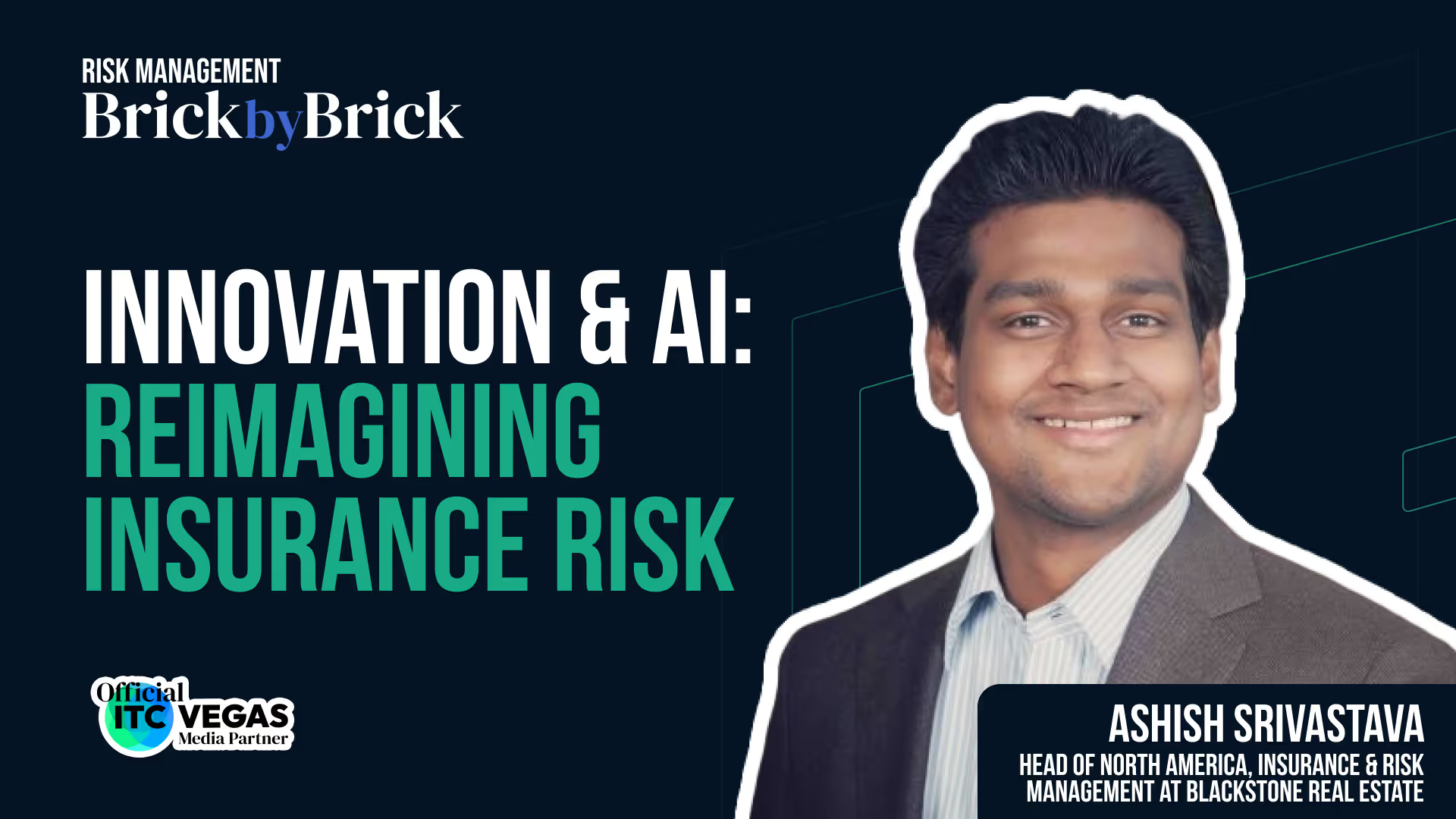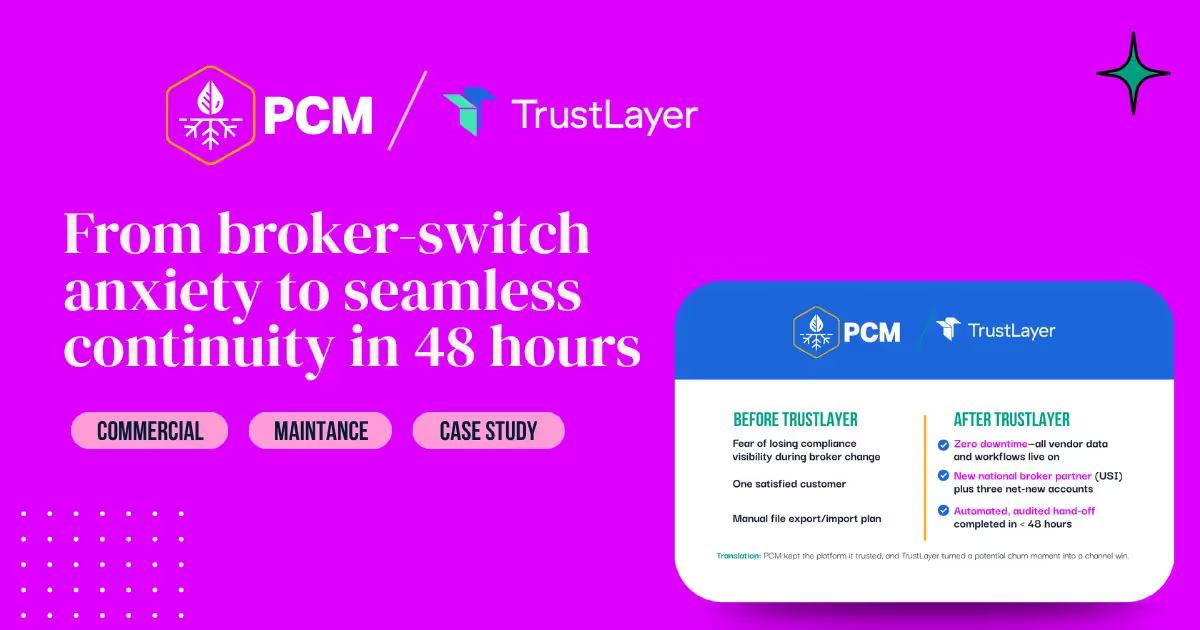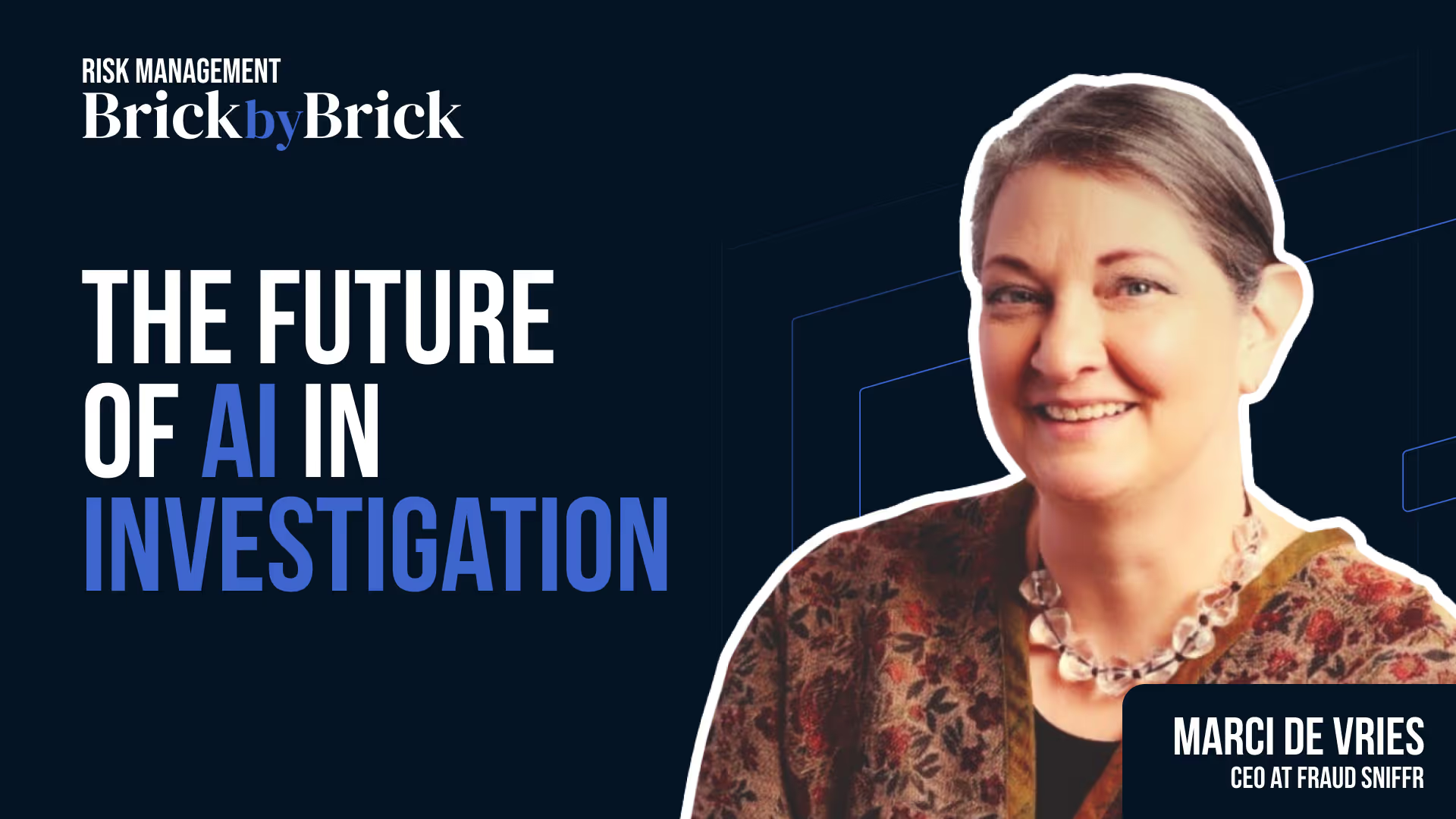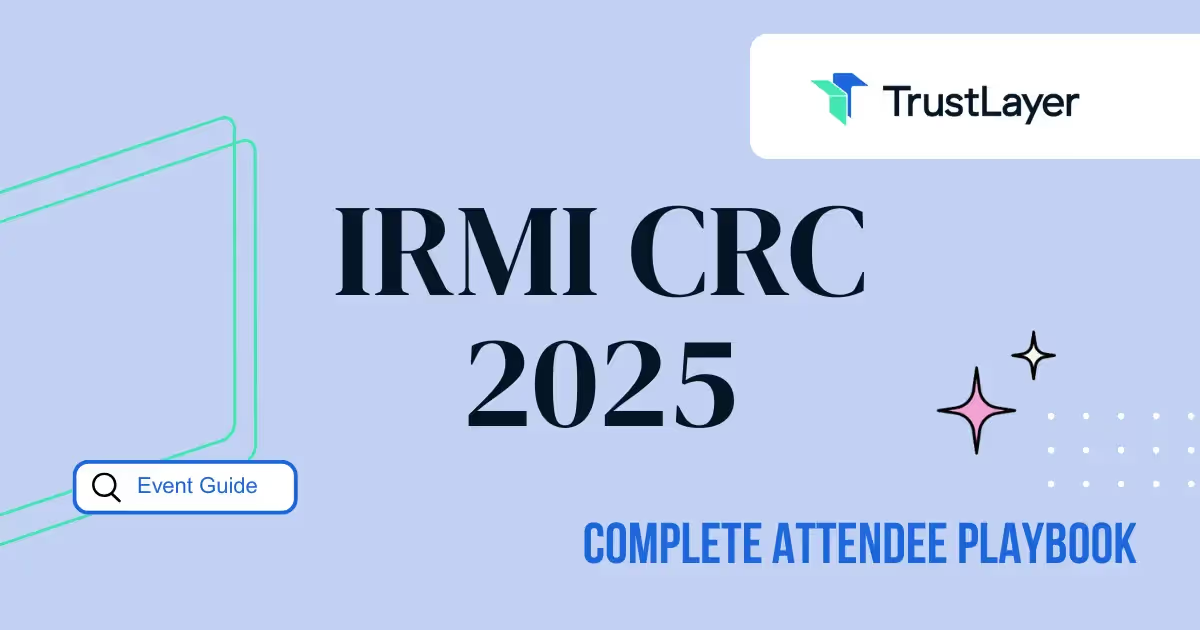Risk Management is Everywhere with Diana Rich
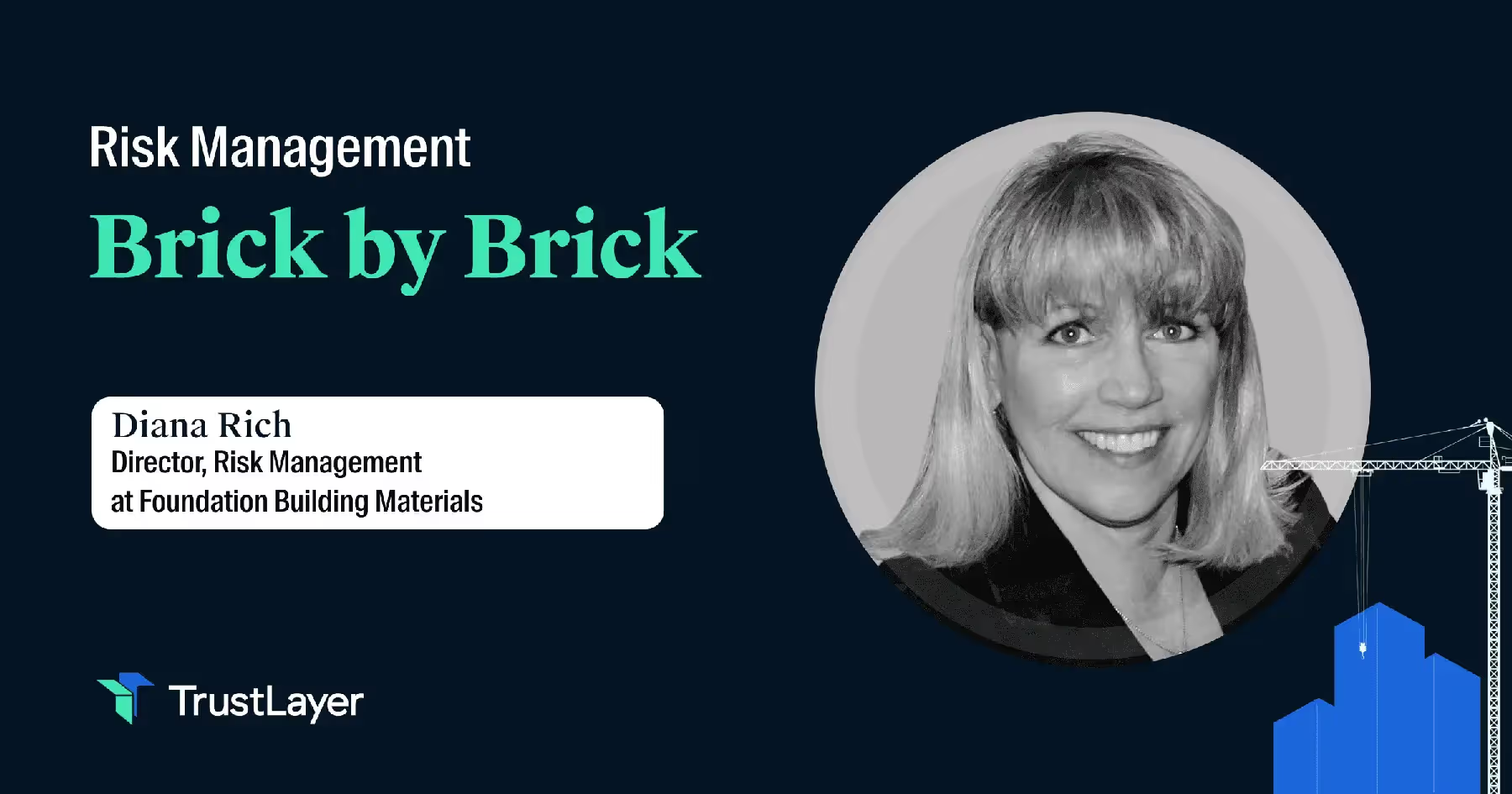
In the third episode of Risk Management: Brick by Brick, host Jason Reichl talks with Diana Rich, Director of Risk Management at Foundation Building Materials. Foundation Building Materials (FBM) is a leading construction materials distributor focused on exceeding the expectations of the commercial construction and residential building trades. With over 280 locations across the United States and Canada, FBM has a significant geographic reach in most of the major building materials markets. Today, Diana discusses the importance of data science, the increasing prevalence of risk management, and proactive improvement to serve consumers better and generate revenue.
The Responsibilities of a Risk Manager
Every industry faces challenges, from hazards to safety, making risk managers an important part of any industry. As they take proactive steps to identify potential risks and implement strategies for mitigating them, businesses can improve their profits while making people's lives better in the process. Diana says, "It is paramount to know the responsibilities of a risk manager; we, as risk managers, are constantly analyzing risk and deciding what is acceptable in the industry. Risk managers try to protect the assets of our organization, and when we see a potential risk, we go off to prevent it."
Risk managers possess a variety of skills, as it's a requirement for any good risk manager. They conduct extensive research to determine which areas of the field are vulnerable to risks and how they can be avoided. Diana advises that to carry out their task effectively, risk managers “need to know a bit of everything. It is necessary to be curious to learn about and research various subjects. This way, you can formulate ways to protect your assets while on the job. Risk managers should be able to apply what they learn in every aspect of their work."
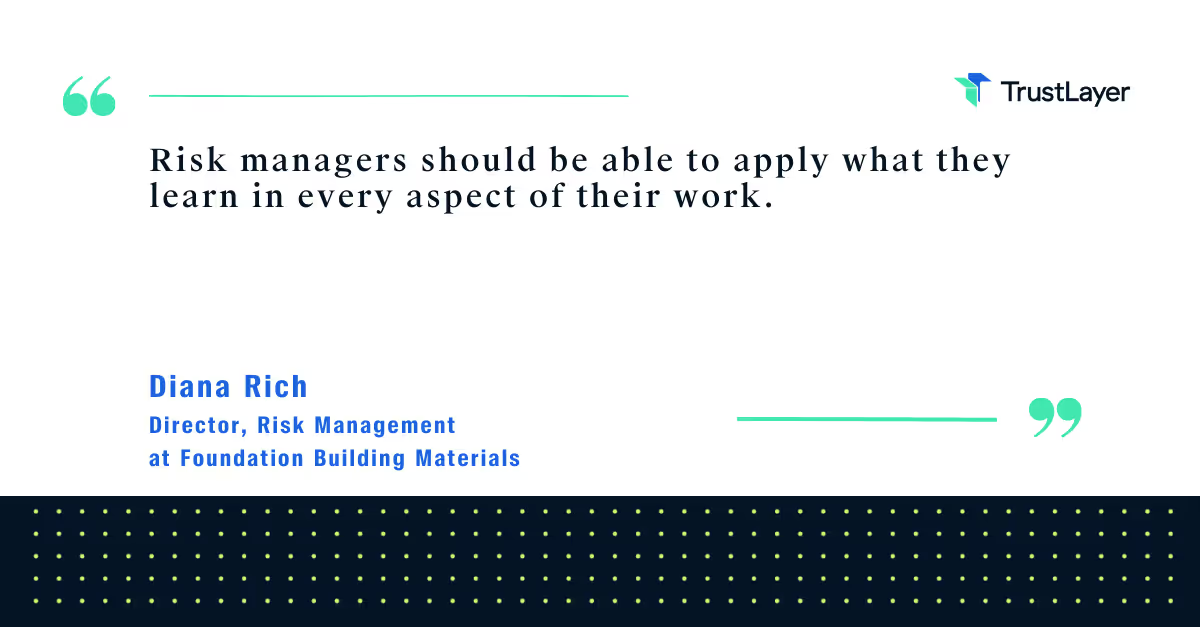
Data Into Information: How Technology Has Improved Risk Management
Since the introduction of technology, professionals in different fields have been looking for ways to make their tasks easier. And risk management is no different. Risk managers now use data analysis to quickly and easily convert data into solutions. Diana says, "The best technology is a technology that can serve as a tool to turn data into information. This technology usually helps to find an easier, faster, and cheaper way of analyzing risks and developing preventive measures."
There is always this myth that professionals only face dangers in dire and dangerous scenarios. Over time, this risk manager's assumption has proven to be false, as non-dangerous situations could also have dangers lurking around the corner. In Diana’s experience, "Most injuries professionals experience don't happen on the job. Instead, they happen in places that aren't dangerous, like when a firefighter gets burned while making cookies. It is paramount to train them to be cautious, especially when they feel safe."
Finally, Diana explains that the risk manager must develop ways to aid the company's operational side. They may improve people's lives by making their workplaces safer and giving them confidence that they are ready for any crisis. In conclusion, any company that wants to maximize revenues while avoiding losses caused by external factors must practice effective risk management.






